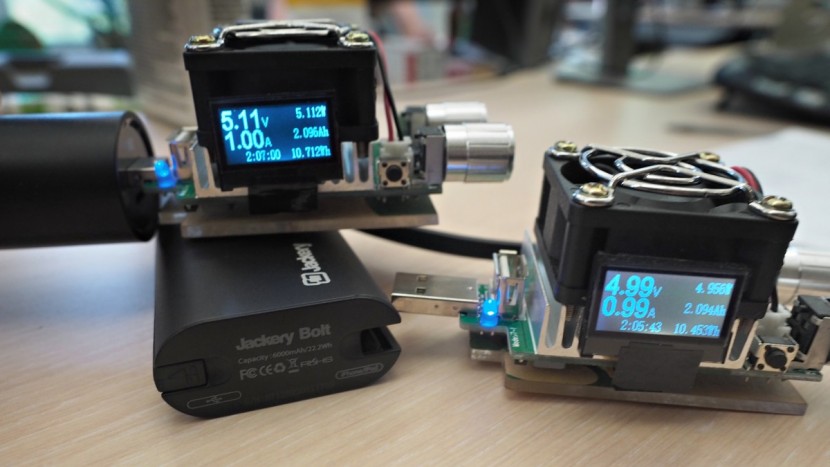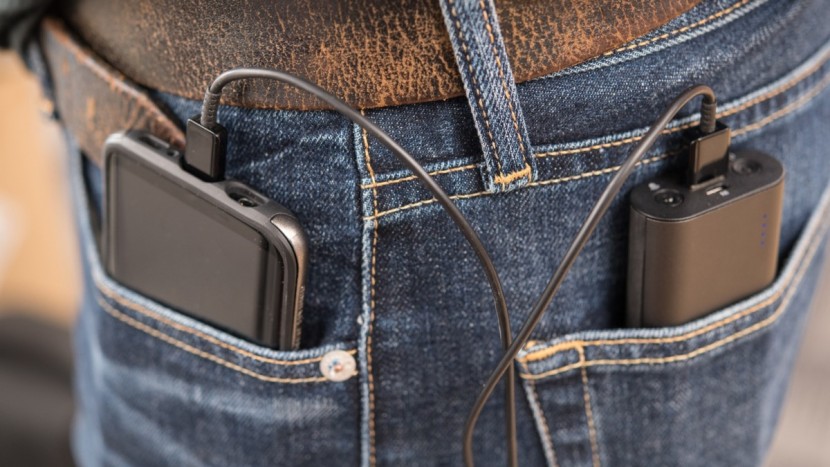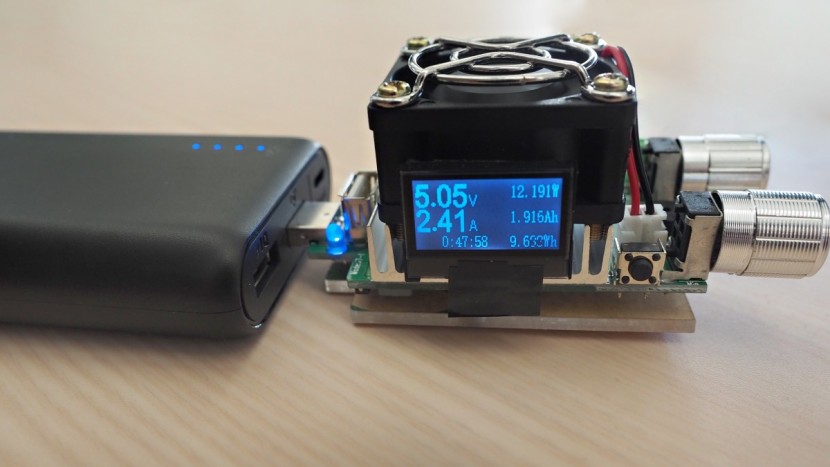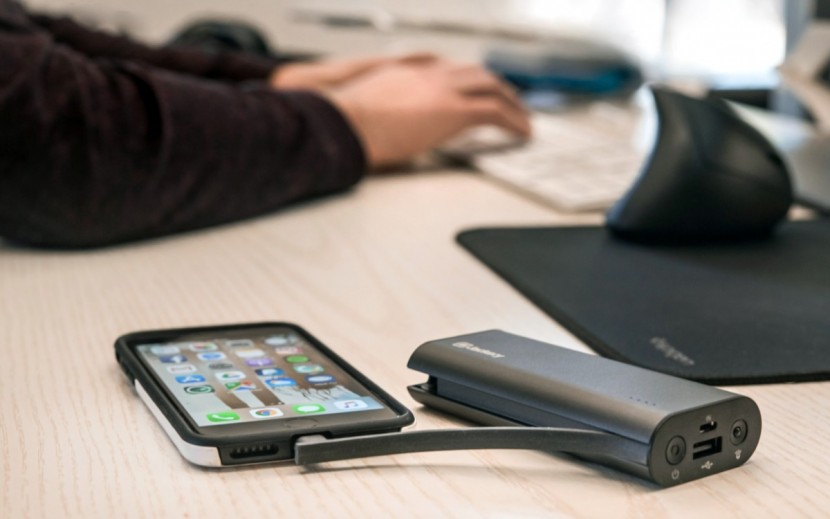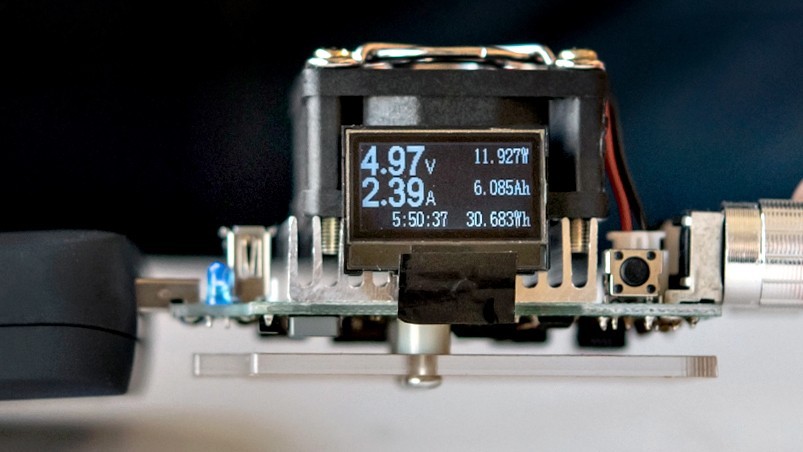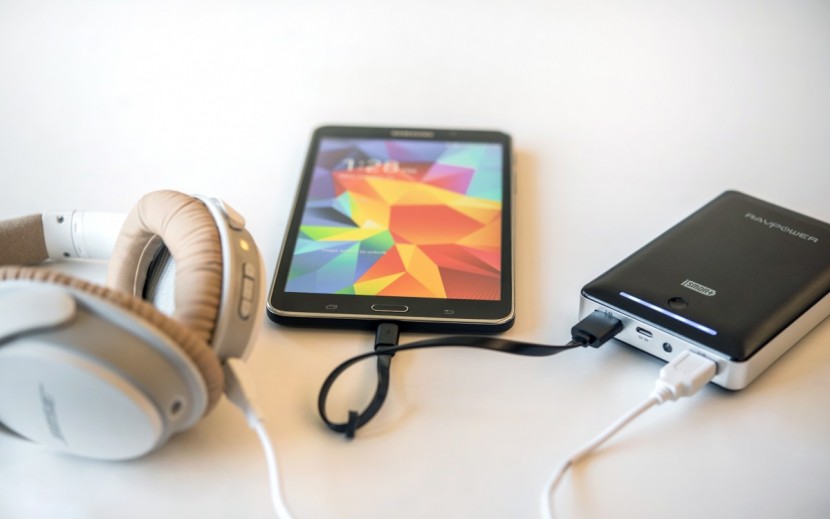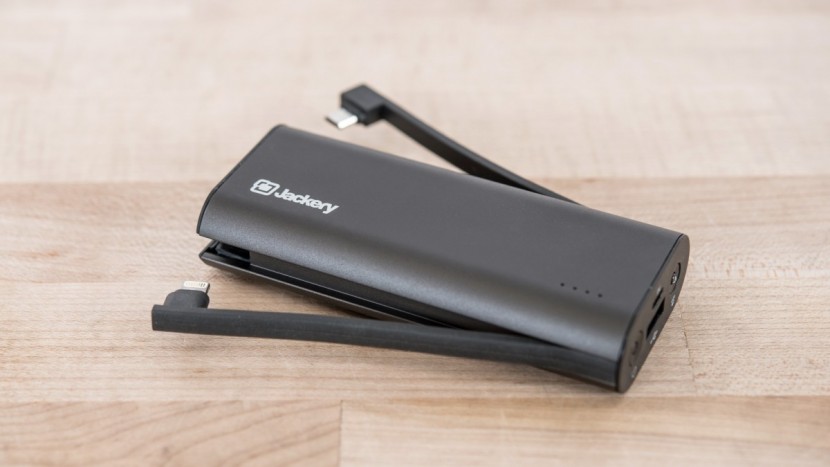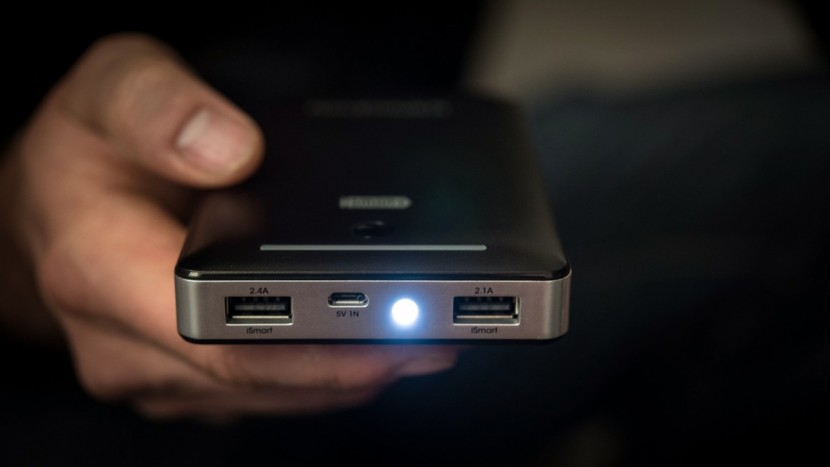Curious about our approach to ranking and scoring portable power bank chargers? It began with exhaustive research and analysis, followed by the selection of the most promising candidates for direct comparison. We charged a range of devices with these products, including smartphones and the finest smartwatches. Furthermore, we conducted a detailed analysis of the actual output, pushing these chargers to the maximum with a digital multimeter and a dummy resistive load. We also kept track of the recharge time for each. Besides the electrical aspects, we evaluated and scored the portability of these portable USB chargers, considering how much simplicity and convenience they could bring to your daily life. Our testing procedures, categorized into four weighted rating metrics, are described below.
Portability
In this test, we computed the total volume and weight of each battery pack, assigning scores based on these parameters. To evaluate functional portability, we physically carried them around, placing them in various items like purses, wallets, backpacks, and carry-ons to evaluate their suitability for on-the-go usage. We examined their cable security in transit and considered additional features (like integrated cables) that could enhance their portability.
We also gauged and scored the comfort of carrying these products in your pocket. Our testers roamed around and sat with each battery pack placed in both the front and back pockets of a pair of jeans, comparing the feel of each and noting any uncomfortable pressure points. A casual fit pair of jeans was selected for this test, as it provided a good compromise between looser garments that could accommodate all the power packs and tighter ones that might restrict carrying these products in your pocket.
Charging Efficiency
Our charging efficiency metric involved two separate tests. We first aimed to verify the manufacturer's claims for each battery pack. Over time, our tests have involved several different phones, including a Samsung Galaxy S8, an LG V60 ThinQ, and an iPhone 13 Pro. In each case, we identified each test phone's actual battery capacity and charged it repeatedly using each fully-charged battery pack. Scores were assigned based on how each product met or deviated from its marketing claims.
In our second test, we contrasted the actual capacity with the claimed capacity of each portable charger. The capacity was measured by fully charging each product, then discharging it into a dummy load through a digital multimeter. This setup allowed us to adjust the current draw to the maximum each pack could support, timing the discharge duration and conveniently calculating the total energy discharged on the screen.
For those finding this slightly technical, a basic understanding of how these products are rated is beneficial. Portable power packs are rated in milliamp-hours (mAh), a measure of their total energy, reflecting the amount of power each pack can supply over the course of an hour. An amp (or ampere) represents the rate of electricity delivery; multiplying it by time gives the total electrical energy supplied. “Milli-” prefix means 1/1000 of an amp. For instance, a 10,000 mAh module is theoretically capable of discharging at a rate of 10,000 milliamps (or 10 amps) for an hour or at a rate of 20,000 milliamps (or 20 amps) for 30 minutes. Modern tablets charge at a rate of 2.1-2.4 amps, so a 10,000 mAh pack should theoretically set one of these devices for nearly five hours. However, our practical observations often proved these estimations to be overzealous. This is primarily due to the calculations included with each model being based on their ideal theoretical values without accounting for the efficiency losses that occur throughout the conduction process, including system resistance, heat transfer, and more.
Added Convenience
We evaluated how user-friendly each portable battery pack is, focusing mainly on additional features that enhance ease of use. Firstly, points were awarded based on the number of devices each battery pack could charge simultaneously. We also considered each charger's maximum output, rewarding the most points to models capable of charging several power-intensive devices concurrently, such as tablets or larger smartphones.
We examined built-in features like integrated charging cables for different devices and the presence of a built-in wall charger. Maximum points went to battery packs with built-in lightning, USB-C, and micro USB cables. Features like tablet charging capability (which typically needs at least a 2.4-amp input), quick charge support (2.1-amp output rather than just 1.0-amp), and battery indicator lights were also considered. We evaluated the utility of these indicator lights (ease of visibility, functionality while charging, and so forth).
While most of these products depend on a charging cable to refill the battery, some power packs feature a built-in plug for direct connection to a standard wall socket. This feature is handy as it eliminates the chance of forgetting the charging cable and reduces the number of items you need to carry. We also rewarded points based on unique features we found useful, such as an integrated flashlight.
Recharge Time
We recorded and scored the time it took to recharge each pack. For this relatively straightforward set of tests, we measured the time it took to recharge each pack from a fully drained state using a standard 2.1-amp USB power brick and either the included cable or the built-in wall charger, where available.

